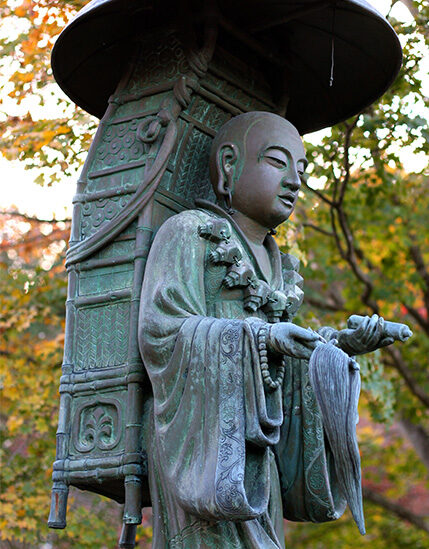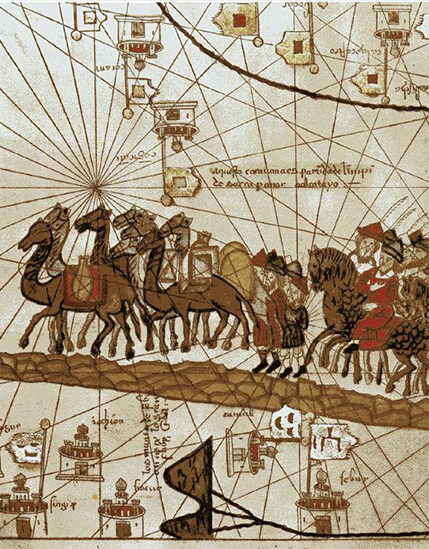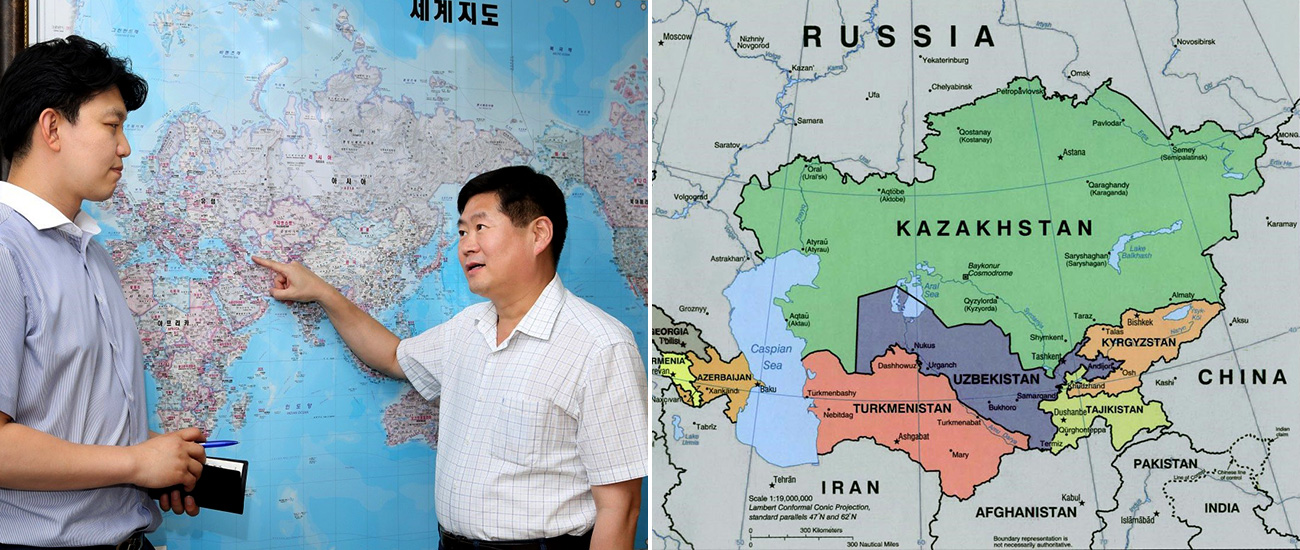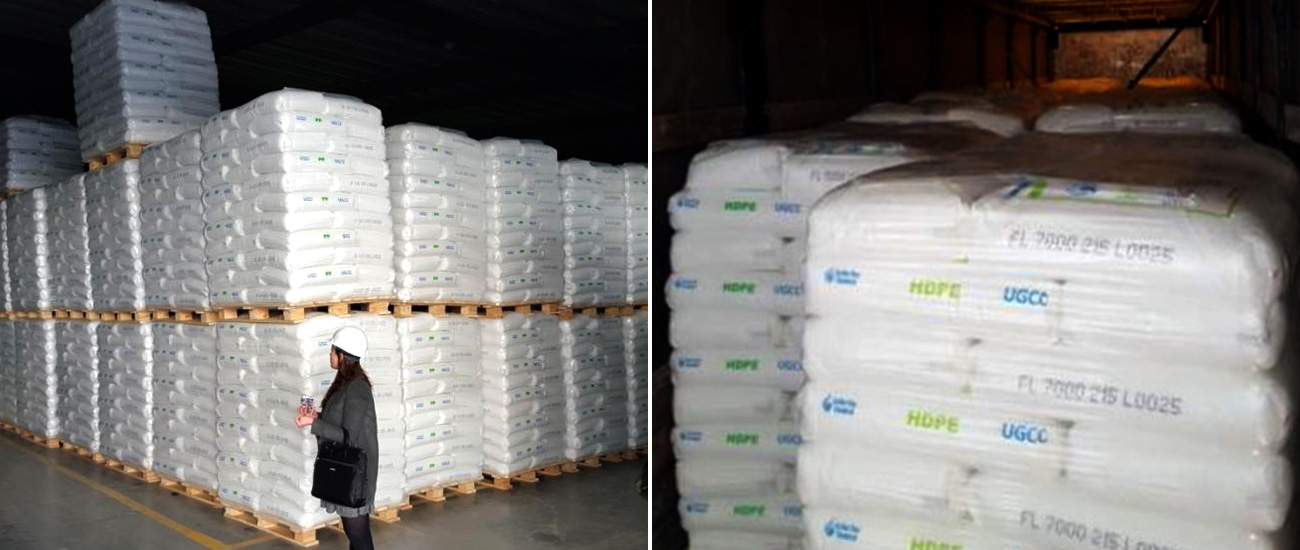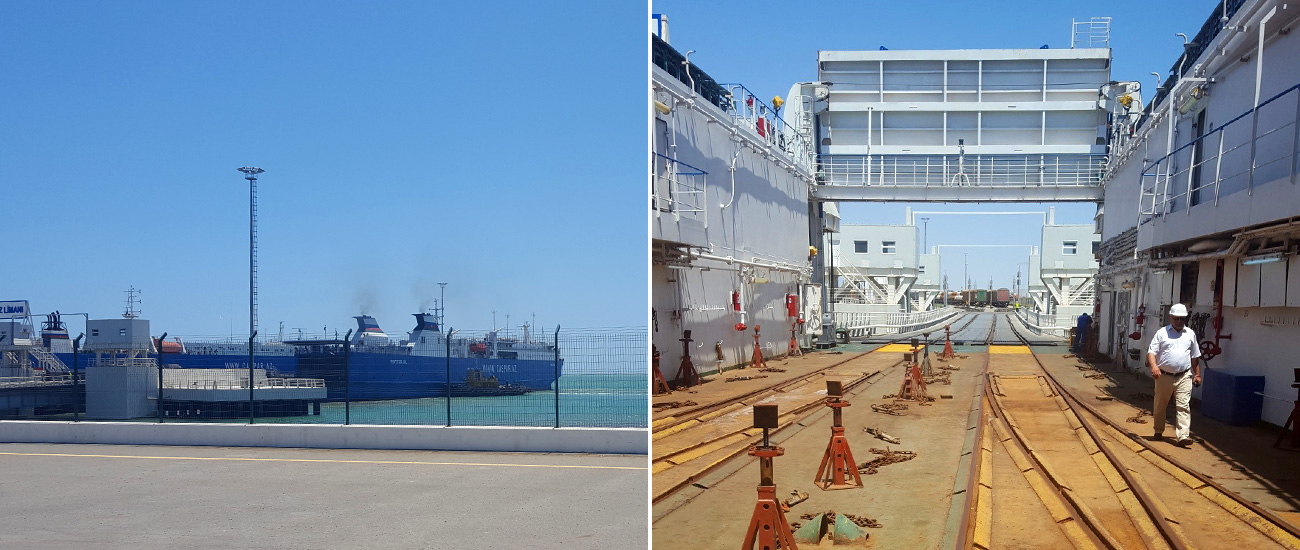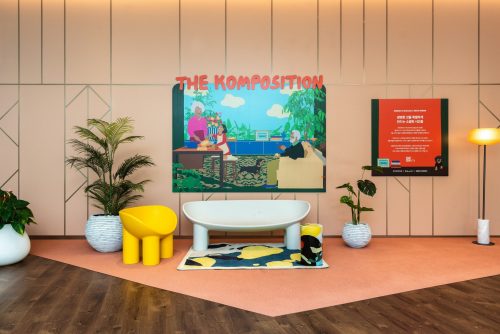With tools like browser-based maps, satellites, survey aircraft and drones, we like to think we have explored every inch of the planet, and that the days of pioneering, exploring and discovery now belong to a bygone era. In the world of global trade, however, this simply is not true.
The Silk Road, which enjoyed its heyday during China’s Han Dynasty (206 BC–220 AD), connected cities from Xi’an in the Middle Kingdom to the ports of the southern Mediterranean region, passing overland through Central Asia and Persia.
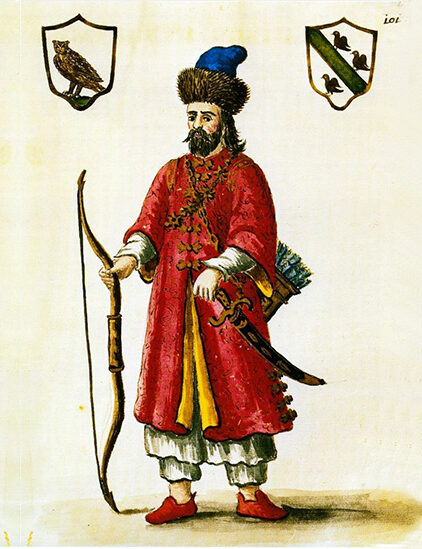
Although the names of the heroes of the old Silk Road – such as Xuanzang, the monk who travelled along the Silk Road to bring Buddhism to China from India, and Venetian merchant Marco Polo – are now just a distant memory, it would be erroneous to think their ilk is now gone forever.
Trade is fluid. Modern shipping has cut down on the need for Silk Road-style overland logistics, but there are some in-the-field situations that call for traders to summon the same spirit of adventure that once allowed Eastern traders to transport their silk, spices and other goods to the West.
Merchants are forever finding new products to buy and sell. As new resources are uncovered, sales professionals often turn to adventurous distribution experts to help them make the seemingly unworkable into an everyday actuality.
Desert Challenge
For Samsung C&T’s Trading Group, the Surgil project in Kungrad, Uzbekistan provided a major conundrum: How to transport and distribute 120,000 tons of synthetic resin per year from an arid plateau in a double-landlocked Central Asian nation all the way to Western Europe?
In came Samsung C&T’s Trading Group Logistics Part’s General Manager Kil Jhin Yoon and Assistant Manager Phyung Sik Seo. The duo ventured to Central Asia to find what would eventually become a brand new trade route.
The Surgil project is a public-private collaboration that involves not only the governments of Uzbekistan and Korea, but also major companies headquartered in both nations. In addition to its political and strategic importance, the venture is also extremely economically significant.
The project features the first petrochemical plant in Uzbekistan, a joint Uzbek-Korean work that produces materials used to manufacture forms of plastic. Such plastic is used in a wide range of manufacturing spheres, including the food, medical technology, automobile, semiconductor and aerospace industries.
Surgil-made products include polyethylene (PE) and polypropylene (PP), which are known for their low density, good chemical resistance, low moisture absorption, resistance to corrosion and high electrical insulation. Therefore, such products are highly sought after in countries with little or no petrochemical production facilities of their own.
Samsung C&T initially developed routes to Turkey and China, through which it successfully delivered orders. After this success, the supplier requested Samsung to handle additional volume which it had been previously handling itself. With this additional volume secured, Samsung C&T sought to develop new customers in Europe.
Yoon and Seo therefore needed to find a way to get these important materials to Europe. Although Uzbekistan was once a hub of international trade at the very heart of the old Silk Road, this is no longer the case.
The duo had to come up with a solution that would allow them to get goods out to a port. With the nearest major sea port several hundred kilometers away, overland solutions seemed to provide the only viable transport option.
Race to Europe
First off, the pair dismissed the idea of using road transport. Truck availability can be unpredictable, and road vehicles typically cannot carry large volumes of cargo. With rail as their only remaining option, they then began on the difficult task of finding a suitable route for the resins.
Yoon and Seo scoured Central Asia for answers. They traveled to countries such as Turkmenistan, Azerbaijan and Georgia in search of a navigable route, conducting preliminary surveys and collecting logistical data.
Finally, a solution for the two managers presented itself in the form of a route to Poti, on Georgia’s Black Sea coast. However, in order to reach Poti, the duo needed to find a way to get through either Kazakhstan or Turkmenistan, across the Caspian Sea and west into Georgia.
The Caspian Sea presented the biggest obstacle of all. Unloading rail cargo onto a boat, then unloading it onto a train again would be time-consuming to say the least.
To solve this conundrum, Yoon and Seo decided to use a rail ferry for the Caspian crossing. This form of transport can be expensive, but ensures a smoother and faster transition than loading and unloading a standard ship.
Seo explains, “We realized that the rail ferry was our best bet. Despite its relatively high cost, it does not require us to produce extra containers. Importantly, it lets us transport a whole shipment in one go.”
As rail wagons can simply roll onto a rail ferry without any further ado, this allows Surgil workers to simply load the cars with vinyl-wrapped resin pallets at the plant. These cars then do not need to be unloaded until they reach the port at Poti.
The Spirit of Trade
Samsung C&T’s Logistics Part Director, Seung Hyuk Kim, explains that logistics experts like Yoon and Seo are an essential part of the trading picture.
“Logistics is not a glamorous job,” says Kim. “It’s all about collaboration and support work with the aim of maximizing sales performance. But we are the people who can help our sales experts make a reality out of what they have only imagined to be possible.”
A few years ago, the idea of tapping into Uzbekistan’s vast supply of natural resources was little more than a distant dream. Yoon, Seo and their like have harnessed the pioneering spirit that lives on in all trading professionals in order to turn that dream into a functioning reality. The merchants of the old Silk Road would almost certainly approve.


